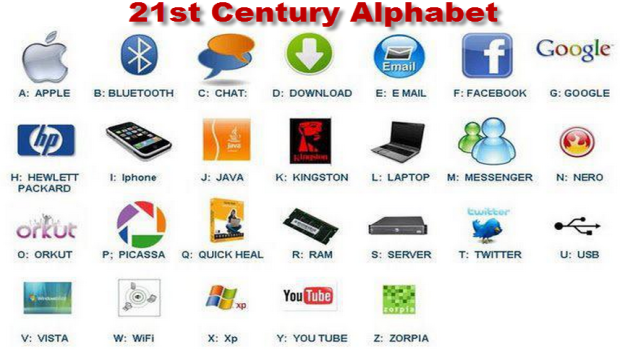Running Races in the 21st Century
Published on January 9th, 2014
By Rob Overton, Chairman, Racing Rules Committee, US Sailing
The US Sailing Racing Rules Committee is interested in the question of how the Racing Rules of Sailing should be interpreted (or possibly, modified) to accommodate modern communications capabilities.
Right now the rules are written as if we were in the 19th Century – they still envision a physical Notice Board, protest hearings held in physical rooms, and so forth. Where do modern ideas, such as using text messaging or website access for notices and the latest scores, fit in?
Some regattas are run by “paper yacht clubs”, with the boats coming from docks behind the owners’ homes, or from marinas. After the race, the boats return to whence they came. There is no central location where an Official Notice Board could be put, or if there is, so what? There’s nobody there to read it.
A question somebody asked me, years ago, was “does there even have to be an Official Notice Board? How about if we notify everybody directly of everything (as can easily be done by text messages)?”
I told her at the time I thought such a process met the intent of the rule. Notice Boards can be in the Cloud – that’s a location, surely? Changes to the SIs can be sent to competitors by text message – that’s “posting”, right? And so forth. But upon reflection, this simple solution presents some serious problems.
Consider issues like notification of competitors about protests, redress requests, even OCS lists. In fleets where boats can be expected to have VHFs (or better, where they are required to do so), can a race committee satisfy notification requirements by using VHF broadcasts for such things? If so, when? OCS is one thing – boats can be required to have working radios and to monitor them at the start. But how about on-the-water changes to the sailing instructions, which might be broadcast when a boat isn’t listening to her radio, or protests?
How about cell phones? Can notices be posted on a website, with the idea they can be accessed in real time by smart phone? It’s easy to simply say “all of the above,” but the website option, for example, presumes that all boats have smart phones with data packages, that those phones are carried on board, and that their batteries are always charged up.
Can protest hearings be held by teleconference call? I think most people would say yes. By voice conference call? Again, a majority might say yes, but I know judges who say they want to see people give testimony, not just hear them; mannerisms can reveal uncertainty or even fabrication not evident over the phone. How about by e-mail? Judges I know who have tried this have generally been unhappy with the experiment. One issue is how to ensure “the right to be present throughout the hearing of all the evidence”, or to enforce “any witness, other than a member of the protest committee, shall be excluded except when giving evidence.”[see Rule 63.3]
Of course, the above features are under the control of the race managers – if they don’t want protest hearings by e-mail, they don’t have to hold them that way. But how about this question: If there’s no special provision for e-mail messages in the SIs, can a competitor nonetheless submit a protest by that medium? The rule only says the protest has to be “in writing”, and most people would say an e-mail message is in writing; yet I think many would have a problem with protests sent by e-mail, absent a provision in the sailing instructions. For one thing, how would the protest desk know to check their e-mail?
So the issue isn’t as simple as it might appear at first.
This topic will be addressed at the US Sailing Leadership Forum, February 6-8, 2014 in San Diego. But before that, it might be interesting to hear what race managers are doing now, with respect to this issue.
Please click here to complete this questionnaire form.









 We’ll keep your information safe.
We’ll keep your information safe.